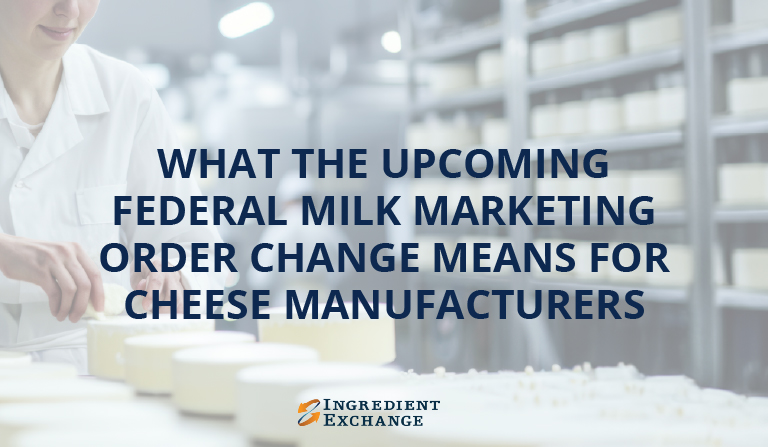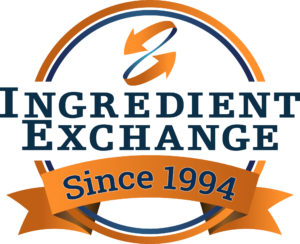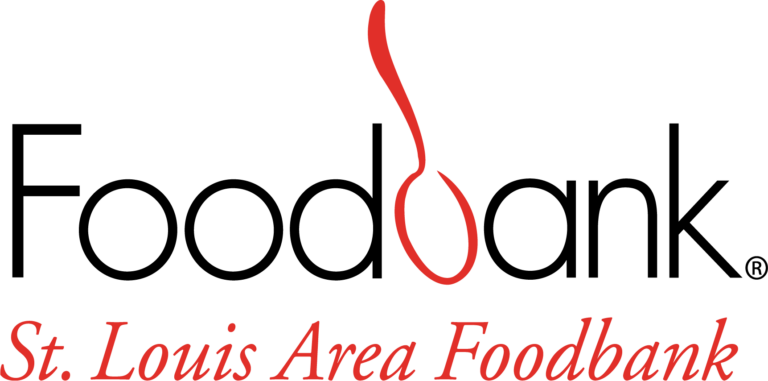The Federal Milk Marketing Order (FMMO) system is a vital framework that helps regulate milk pricing in the U.S., ensuring fairness and stability for both farmers and processors. Governed by the United States Department of Agriculture (USDA), FMMOs establish minimum milk price classifications based on various end uses of milk (such as Class I for fluid milk, Class III for cheese, etc.). If you’d like to dig deeper into the mechanics of these orders, you can visit the USDA’s FMMO resource page.
Beginning June 1, 2025, a significant pricing shift will take place: the USDA’s National Dairy Product Sales Report (NDPSR) will no longer use the price of White Cheddar 500-pound barrels when determining the Class III Milk Price. While the reasoning behind this change involves myriad factors, this blog focuses on how (and when) it’s likely to affect cheese makers and their customers, especially those producing barrel cheese and processed cheese products.
From Barrel to Block: Why the Switch Matters
Currently, many barrel cheese manufacturers tie their milk price benchmarks to the Chicago Mercantile Exchange (CME) White Cheddar Barrel market. After June 1, 2025, however, manufacturers in a Federal Milk Marketing Order will want to transition from barrel-based benchmarks to the CME Cheddar Block average. The main goal is to keep input costs (milk) more closely aligned with the finished product to maintain predictable operating margins.
For privately owned barrel cheese manufacturers, this shift carries the greatest urgency because they will bear the entire burden of any pricing mismatches between blocks and barrels have more direct control over their pricing structures and are keen to minimize pricing mismatches. Cooperatives (Co-ops), who share this price risk across the owning members typically follow a more structured approach and many can afford to move more slowly, but ultimately, they too will align with the revised FMMO guidance.
Meanwhile, the CME is expected to keep listing barrels for sale on its daily Block auction. However, barrel cheese manufacturers will no longer report their sales prices to USDA for inclusion in the NDPSR report (check out the NDPSR Report Directory for more background). This means that going forward, the barrel-cheese segment and the prices reported to USDA could start to diverge.
How the Transition Will Unfold
1. Immediate Benchmark Adjustments
Most barrel cheese manufacturers and processed cheese makers are preparing to pivot to the CME Block price on or around June 1, 2025. This transition requires internal adjustments but, more importantly, also demands that processed cheese manufacturers notify their customers of the pricing switch—letters and announcements are likely to circulate as soon as practical.
2. Negotiating the “Spread”
Historically, the price difference between blocks and barrels (the “spread”) has hovered around $0.03 per pound. However, the last few years have seen varying spreads—sometimes barrels are discounted relative to blocks, other times the gap narrows, and very occasionally, barrels sit at a premium:
| Year | Average CME Block-Barrel Spread |
| 2020 | $0.2789 |
| 2021 | $0.1455 |
| 2022 | $0.0191 |
| 2023 | $0.1159 |
| 2024 | ($0.0309) |
Barrel manufacturers will want to shift their existing overages or premiums directly over to blocks, essentially preserving their margin. But processed cheese manufacturers may push back, arguing that because barrels historically traded at a discount, the new block-based formula should be somewhat lower. The end result might be a $0.01 to $0.02015 per pound decrease in the “overage” that many barrel sellers hope to roll over.
3. Longer Runway for Some
While many will flip the switch right at the June 1 deadline, certain processed cheese manufacturers may stretch their transition out into Q3 of 2025—finishing a complete switchover by Q4. By 2026, most (if not all) contracts should be on block-based pricing.
A Note on Non-Federal Order Manufacturers
It’s worth mentioning that not all cheese manufacturers participate in an FMMO. A handful of large barrel cheese producers—particularly in Idaho—operate outside the system. Since they’re not beholden to FMMO guidelines, they can pay farmers based on any formula they choose. Currently, these operations place heavier emphasis on NDPSR barrel pricing, and they may elect to continue doing so despite the federal changes. For the rest of the industry, however, the switch away from barrel pricing is inevitable.
How Ingredient Exchange Can Help
Here at Ingredient Exchange, we specialize in bridging the gap between dairy sellers and buyers, leveraging our extensive industry network to create mutually beneficial deals—especially during times of transition like this FMMO change. Whether you’re a barrel cheese producer looking to navigate new block-based pricing or a processed cheese manufacturer seeking reliable supplies and competitive pricing, we can:
- Facilitate Buying And Selling Cheese: Our broad network includes dairy farms, cooperatives, private manufacturers, and brokers across the country. We can help you find the right partner to ensure steady supply or demand.
- Provide Market Insights: We stay ahead of industry trends, from fluctuations in block-barrel spreads to shifting FMMO policies. We’ll walk you through best practices for adjusting your contracts and overage negotiations.
- Optimize Cost and Risk: By connecting you with the right counterparties and providing clear market data, we help you lock in competitive pricing and mitigate volatility risks associated with the FMMO overhaul.
Looking Ahead
When the dust settles, 2025 will be remembered as the year the FMMO cheese price moved away from white cheddar barrels. In the end, manufacturers aim for stable profitability, and buyers seek fair market value. The short-term tension over how to handle the block-barrel spread is a natural part of major shifts in regulated pricing. Yet, given the advance notice and open lines of communication, the industry is positioned to adapt with minimal disruption.
To learn more about Federal Milk Marketing Orders and how they shape dairy pricing, check out the USDA’s official FMMO page. If you have any questions about how these changes might affect your cheese costs—or if you’re looking for cheese market insights—reach out to us at Ingredient Exchange. We’re here to help you navigate this evolving landscape.



